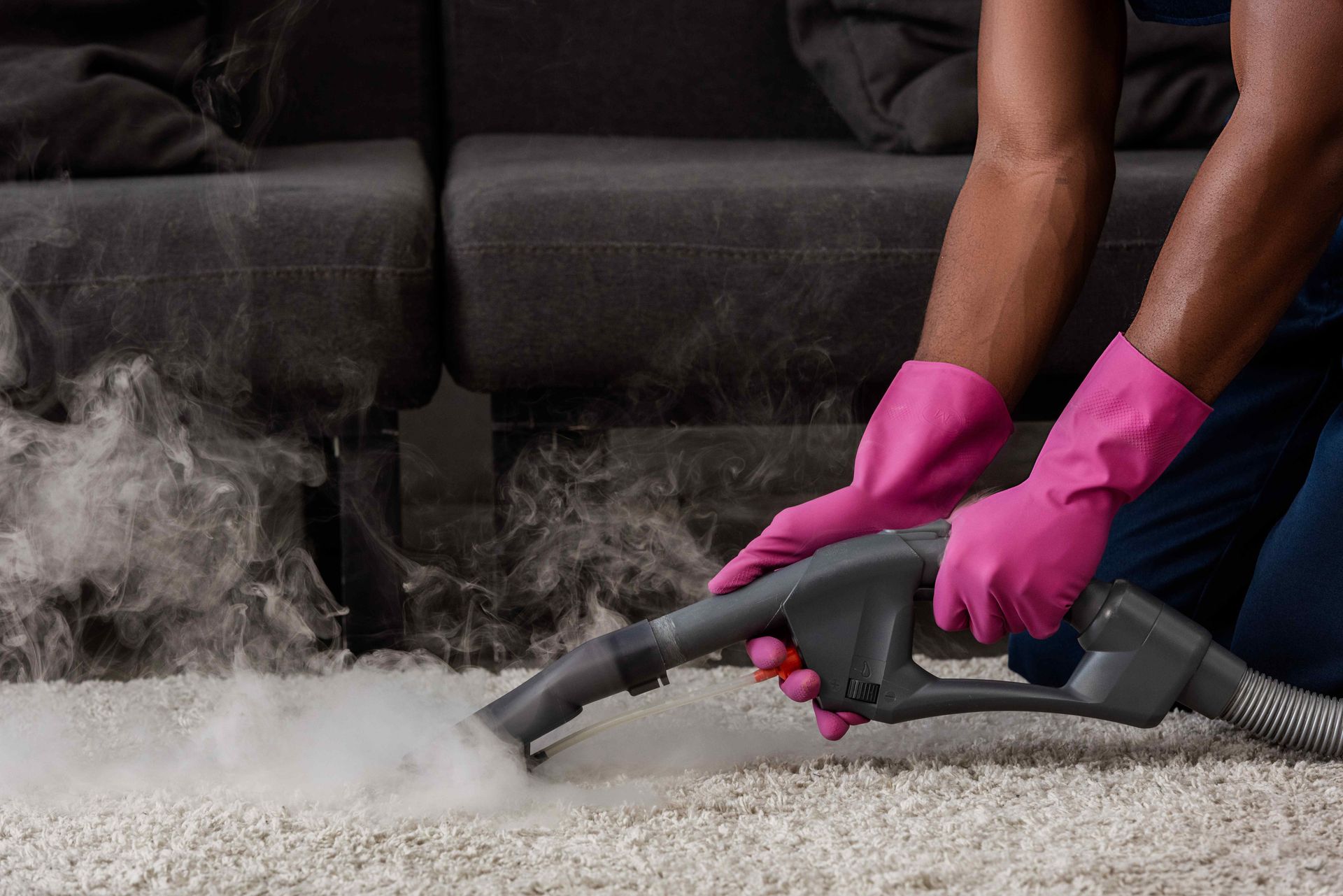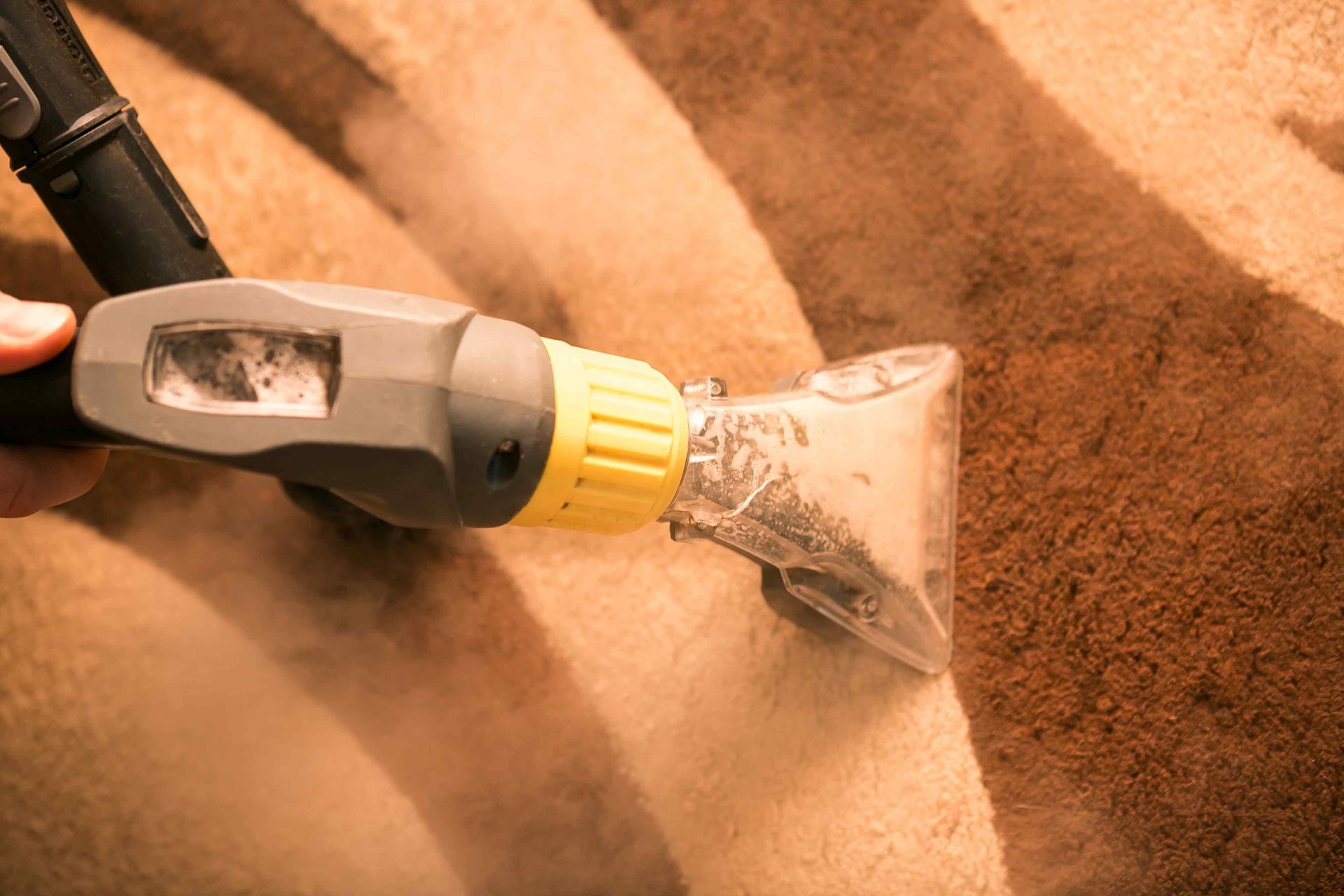How Carpets Influence Indoor Air Quality: Unveiling the Downsides
Carpets, with their lush textures and cozy appeal, are a staple in many homes. While they contribute to the aesthetics and comfort of a living space, it's essential to shed light on how carpets, if not properly maintained, can have adverse effects on indoor air quality. In this post, we'll delve into the less-discussed aspects of how dirty carpets can become a source of indoor pollutants, potentially impacting respiratory health.
Filthy Fibers and Airborne Particles
Carpets, over time, become reservoirs for dust, pollen, pet dander, and other airborne particles. These particles settle into the carpet fibers and, when disturbed, can re-enter the air, contributing to indoor air pollution. Carpets can act as a source of particulate matter if not adequately cleaned and maintained.
Dust Mites and Allergens
Dirty carpets create a conducive environment for the proliferation of dust mites. These microscopic creatures thrive in the accumulated dust and debris within carpets, releasing allergenic proteins into the air. Individuals with allergies or asthma may experience exacerbated symptoms when exposed to airborne allergens originating from carpets.
Mold Growth and Respiratory Risks
Moisture trapped in dirty carpets can lead to mold and mildew growth. The release of mold spores into the air poses respiratory risks, especially for individuals with sensitivities or compromised immune systems. The "Environmental Health Perspectives" journal highlights the correlation between damp indoor environments and an increased risk of respiratory issues.
Volatile Organic Compounds (VOCs)
Certain carpet materials and adhesives release Volatile Organic Compounds (VOCs) into the air. These compounds, including formaldehyde and benzene, can contribute to indoor air pollution. Many sources emphasize the significance of selecting low VOC or eco-friendly carpet options to minimize exposure.
Neglecting Maintenance Amplifies Issues
The negative impact of carpets on indoor air quality is exacerbated when maintenance is neglected. Infrequent vacuuming, lack of professional cleaning, and failure to address spills promptly create an environment where pollutants accumulate, compromising the health and well-being of the occupants.
Conclusion
While carpets undoubtedly enhance the aesthetics and comfort of a home, it's crucial to recognize the potential downsides when cleanliness is overlooked. Dirty carpets can become sources of airborne particles, allergens, mold, bacteria, and VOCs, negatively impacting indoor air quality.
Regular cleaning, proper maintenance, and choosing low-VOC carpet options are essential steps in mitigating these risks and fostering a healthier living environment. Understanding the dual nature of carpets allows homeowners to strike a balance, enjoying the benefits while being mindful of potential drawbacks to respiratory health.
You might also like



Contact Us Today!
Affordable Carpet Cleaning Laredo Laredo AZ Lead Form
We will get back to you as soon as possible.
Please try again later.
Need Something Cleaned? Call Us Today!
Transform your living spaces with our professional cleaning services. Schedule an appointment now and discover the magic of a pristine and healthy home or office.
All Rights Reserved | Affordable Carpet Cleaning Laredo
Powered by: WebPro.ai

